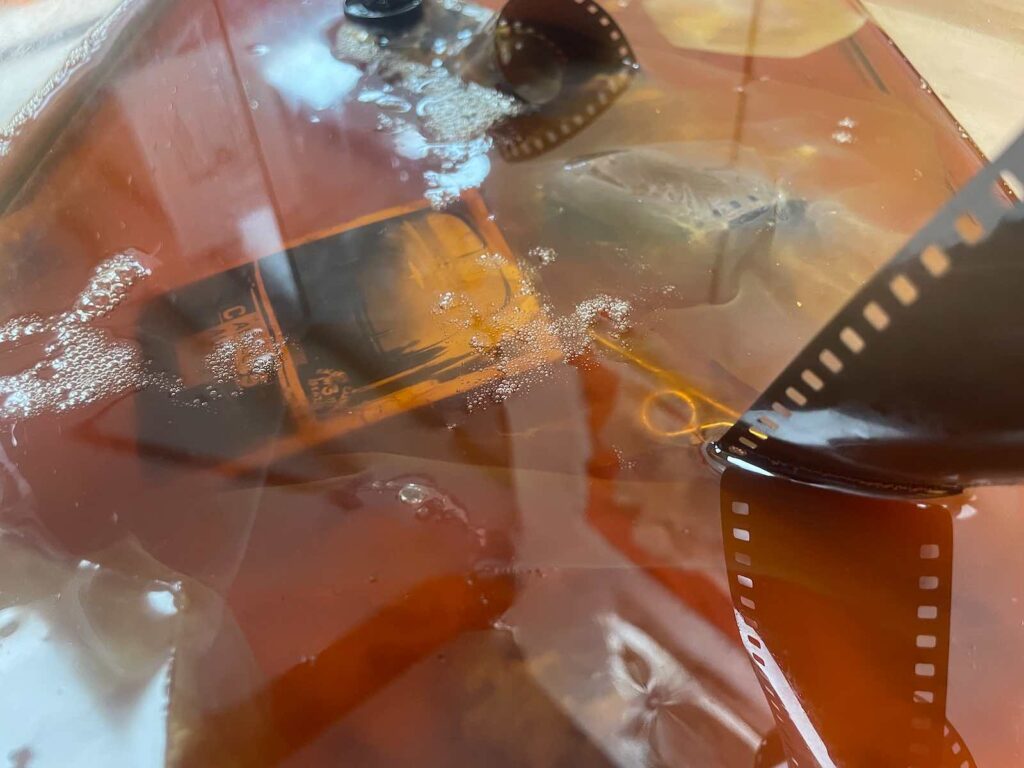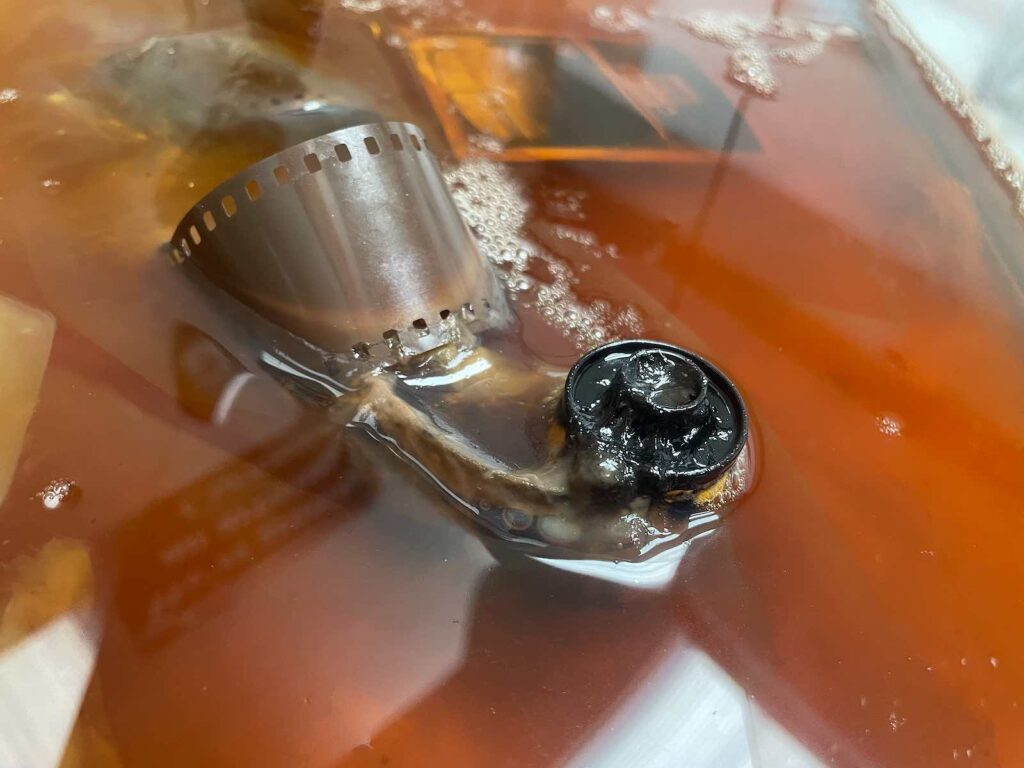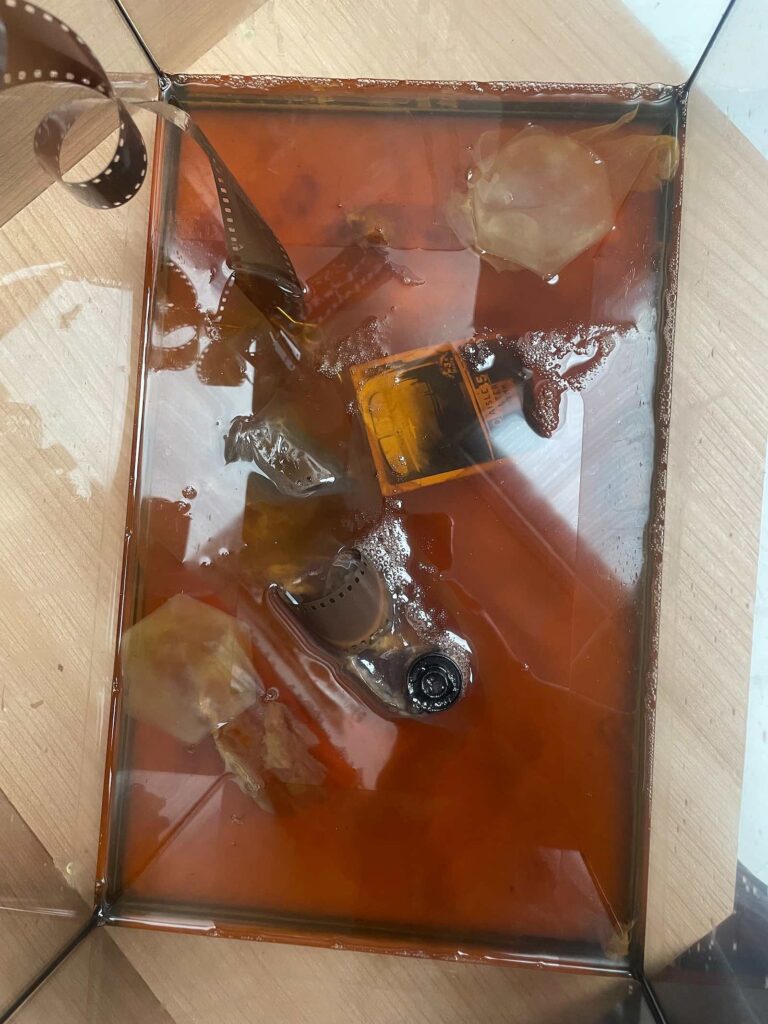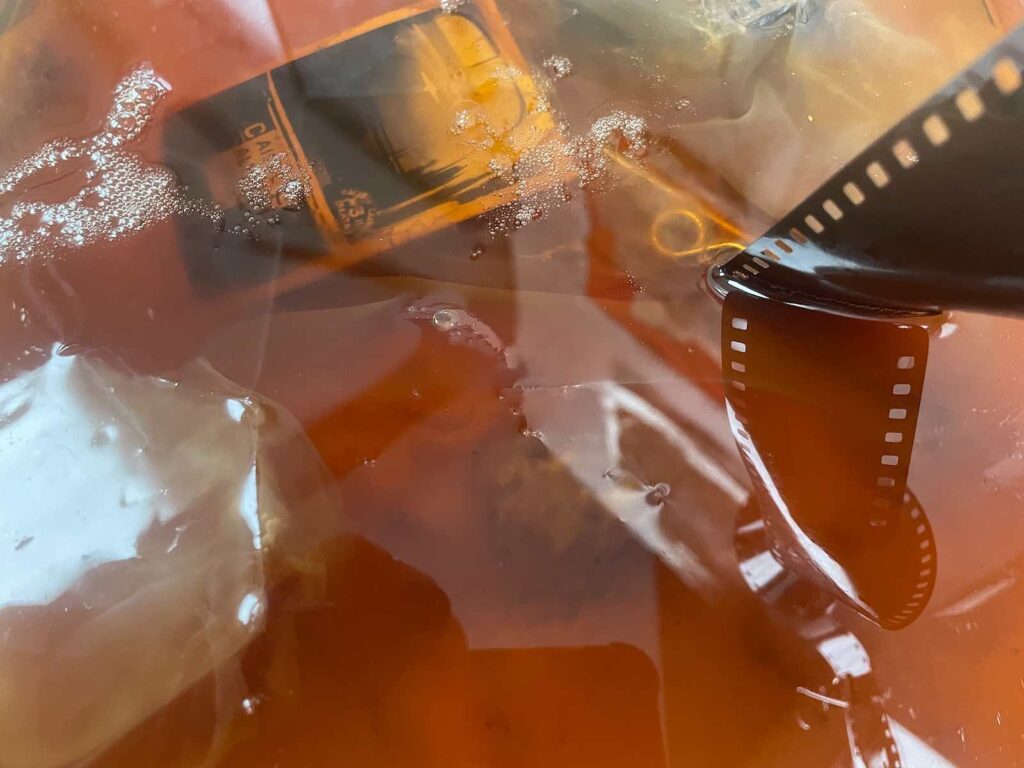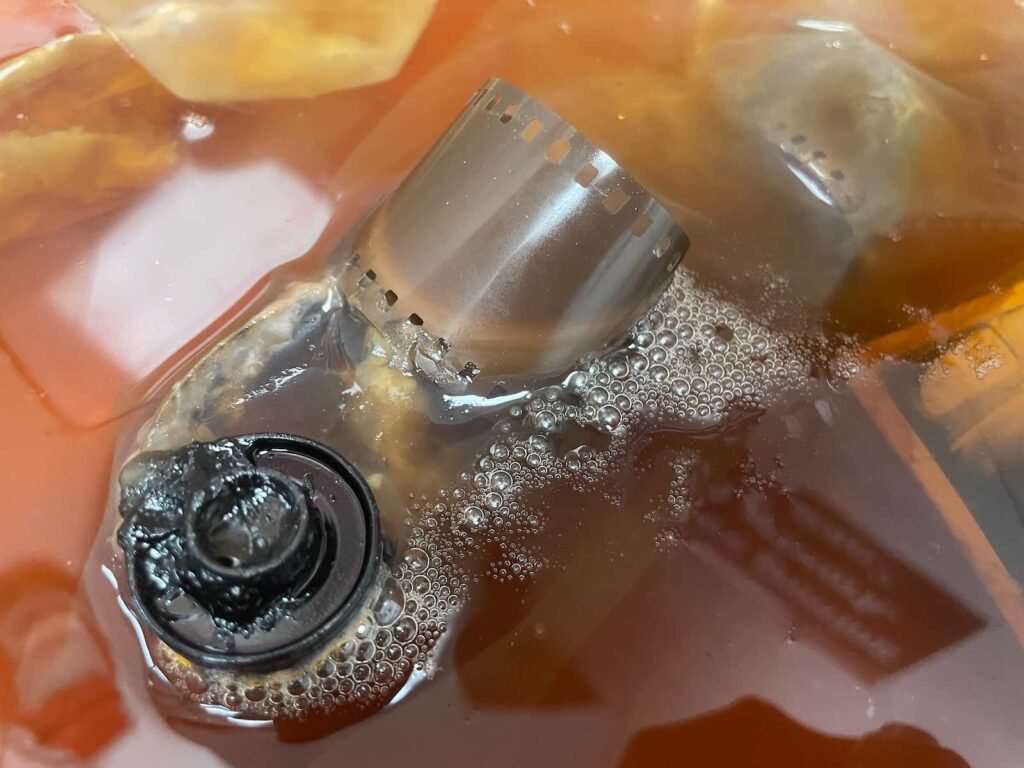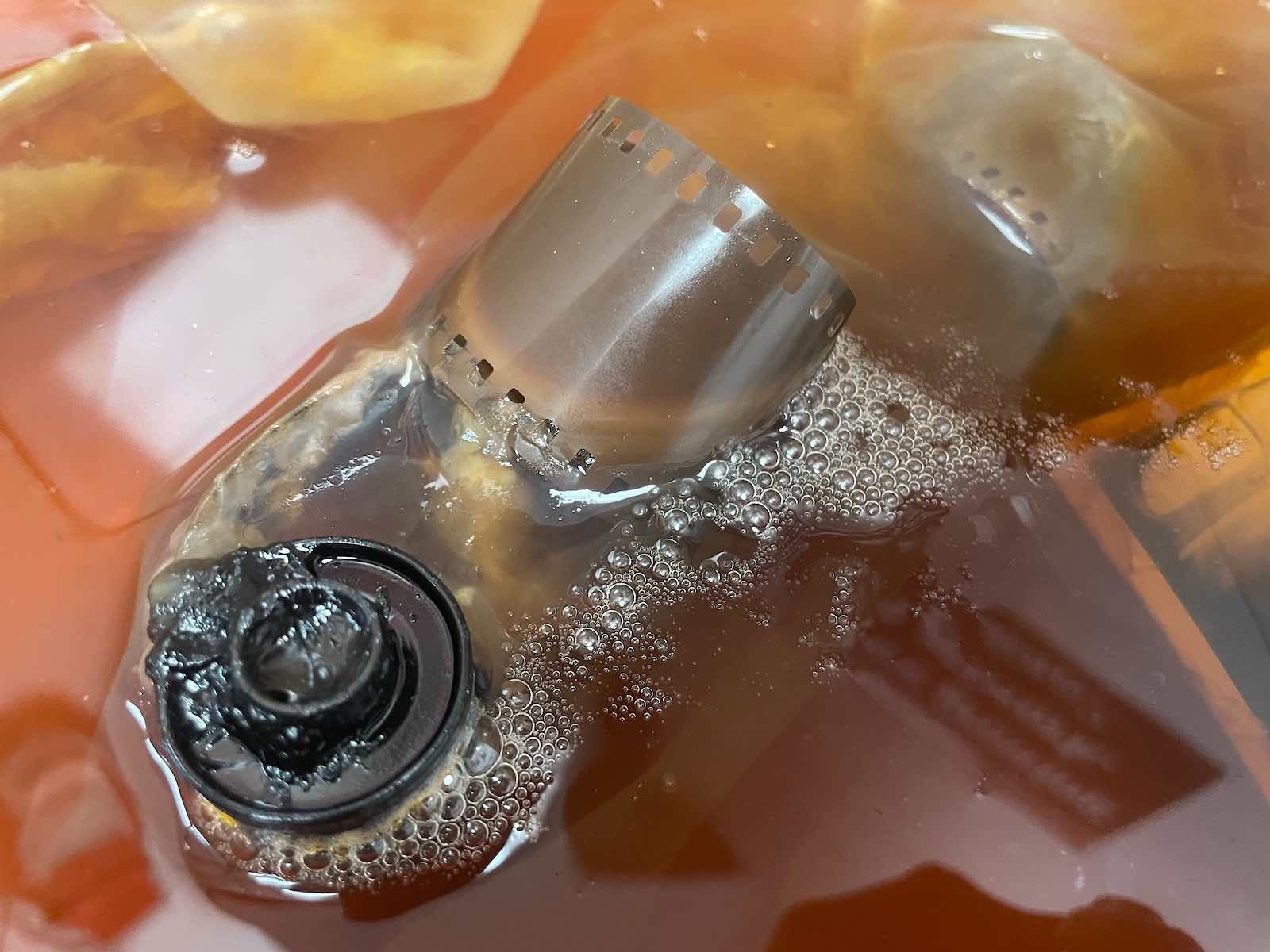
BioArt
By Ruby Mitchell
BioArt exists at the intersection of science and aesthetics, fusing together forms of biotechnology, scientific inquiry, and artistic expression. Defined as a “creative practice that adapts scientific methods and draws inspiration from the philosophical, societal, and environmental implications of recombinant genetics, molecular biology, and biotechnology”, BioArt is a flourishing movement in contemporary art that manipulates living processes to create thought-provoking works.[1]
One of the most striking aspects of BioArt is its capacity to blur the lines between the natural and the artificial. Eduardo Kac contributed to this process in 2000, with the creation of ‘Alba’ the GFP (green fluorescent protein) Bunny – a genetically engineered rabbit that glows green when illuminated with the correct light. Kac concentrated on exploring the “fluidity of subject positions in the post-digital age”, by means of a combination of “robotics and networking”, “telepresence”, “bio-telematics”, and “transgenics”.[2] He describes BioArt as using “the properties of life and its materials”, outlining its approaches as such:
- The coaching of biomaterials into specific inert shapes or behaviours;
- The unusual or subversive use of biotech tools and processes;
- The invention or transformation of living organisms with or without social or environmental integration.[3]
Ani Liu’s “Mind Controlled Spermatozoa” is a more recent addition to this genre, showcasing the potential of BioArt to engage with pressing social and political issues.[1] This innovative project empowers women by allowing them to control the directional movement of sperm through their thoughts, utilising a brain-computer interface (BCI) connected to an electroencephalogram (EEG) device. The system translates brain activity into commands that direct the movement of sperm on a glass slide via electric fields, a phenomenon known as galvanotaxis. Conceived in response to a derogatory comment made by Donald Trump during the 2016 election, Ana’s work serves as a feminist critique of the control and politicisation of female bodies.
Ana Liu’s project extends the boundaries of BioArt by integrating advanced technologies with feminist theory, challenging patriarchal norms that govern reproductive rights and questioning cultural constructions of gender. By reimagining the relationship between the female body and scientific agency, she subverts the male-dominated history of control over female bodies, offering a powerful counter-narrative to biological determinism and advocating for expanded possibilities in understanding gender and agency.
BioArt has proved a contentious medium in contemporary art, the use of living organisms raising complex ethical considerations on the use of controversial human or animal materials. While innovative and groundbreaking, the genre also faces significant dangers stemming from errors and fringe activities, especially when creations occur in non-regulated or unsafe lab spaces. Activities such as DIY biology, biohacking, and potential bioterrorism present serious risks. A notable case highlighting these dangers is that of Steve Kurtz, an artist and founding member of the Critical Art Ensemble. Steve was arrested in 2004 under suspicion of bioterrorism, although such charges were never formally brought against him. Instead, he was investigated by the FBI for four years and ultimately indicted for mail and wire fraud due to his acquisition of a bacterial strain commonly used in educational labs. He intended to use this bacterium in a project critiquing the United States, reflecting his pioneering work in politically engaged art, biotechnology, and ecological issues. His case illustrates the precarious intersection of BioArt with legal and ethical boundaries.
BioArt transcends mere visual appeal, acting as a catalyst for deep reflection and dialogue. Each living artwork initiates a conversation, encouraging viewers to consider the ethical, societal, and existential ramifications of the scientific progress that informs the artistic process. Bio artists frequently serve as provocateurs, challenging audiences to re-examine their assumptions, biases, and preconceptions about science, nature, and humanity’s place within the interconnected web of life.
By Ruby Mitchell
Bibliography
- Broadhurst, Susan. Bioart: Transgenic art and recombinant theatre, BST Journal, Vol 5, N. 2. https://www.ekac.org/broadhurst.html
- Kac, Eduardo. Bio Art, https://noemalab.eu/ideas/essay/bio-art/.
- Mitchell, Robert. Bioart and the Vitality of Media. University of Washington Press, 2010. http://www.jstor.org/stable/j.ctvcwnfnr.
- Yetisen, Ali. K, et al. Trends in Biotechnology, December 2015, Vol. 33, No. 12 http://dx.doi.org/10.1016/j.tibtech.2015.09.011
- Patel, Sheel. Biological Art: The Next Frontier in Art or an Ethical Disaster? https://sites.duke.edu/lit80s_02_f2013_augrealities/biological-art-the-next-frontier-in-art-or-an-ethical-disaster/#:~:text=According%20to%20Eduardo%20Kac%2C%20a,without%20social%20or%20environmental%20integration%E2%80%9D.
- Lui, Ani. “Mind Controlled Spermatozoa”, https://ani-liu.com/pussygrabsback
The Feminist Project for Rural Arts has been made possible through the generous support of The Ampersand Foundation

About The Ampersand Foundation
The Ampersand Foundation is a UK grant-awarding charity that exclusively supports the visual arts. The Foundation supports high-quality exhibitions and projects, provided they are free to the public at least one day per week. It also supports public collection expansion. The Foundation is focused mainly on supporting institutions and projects within the United Kingdom.
Find us on Instagram
@ampersandfoundation
www.theampersandfoundation.com

